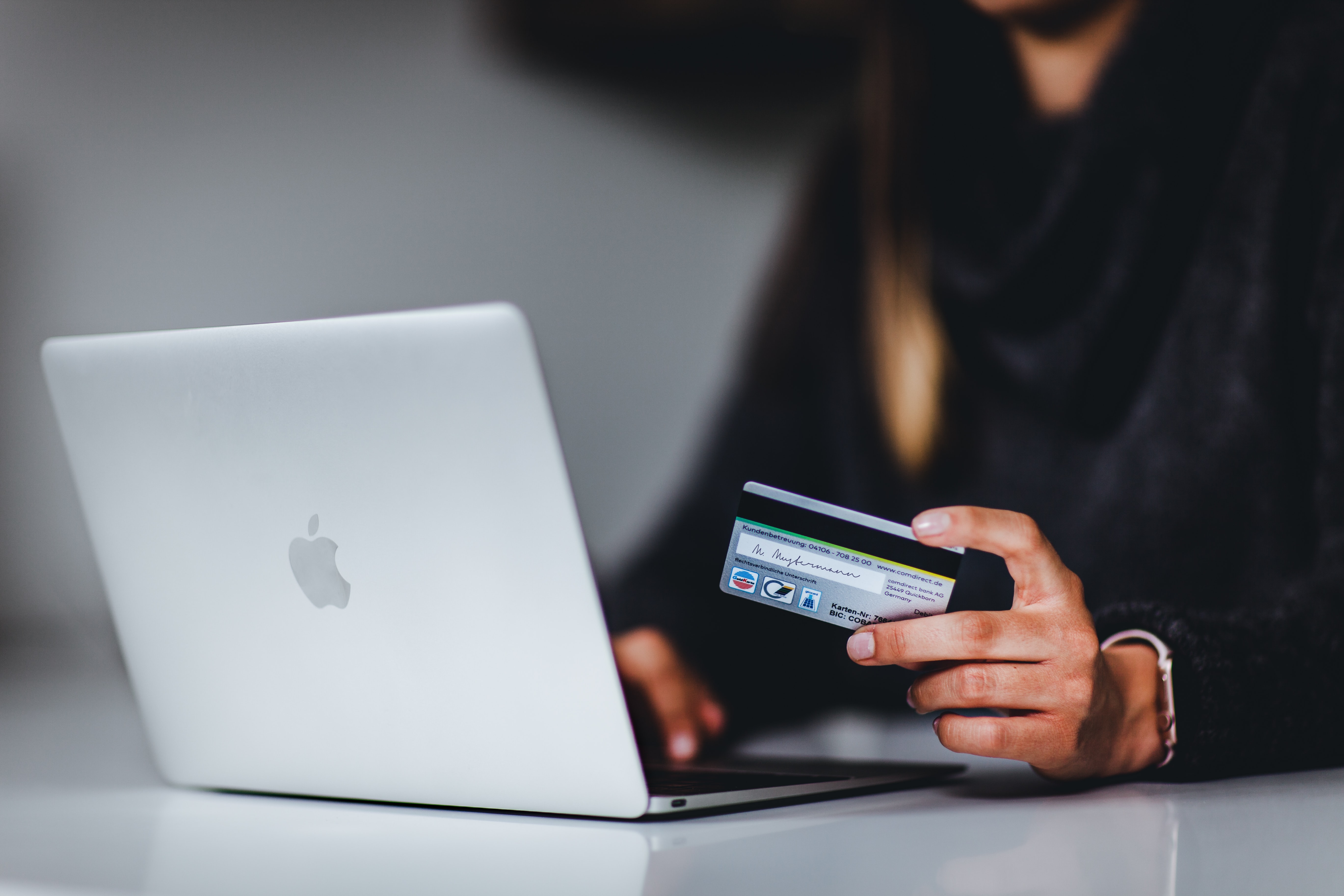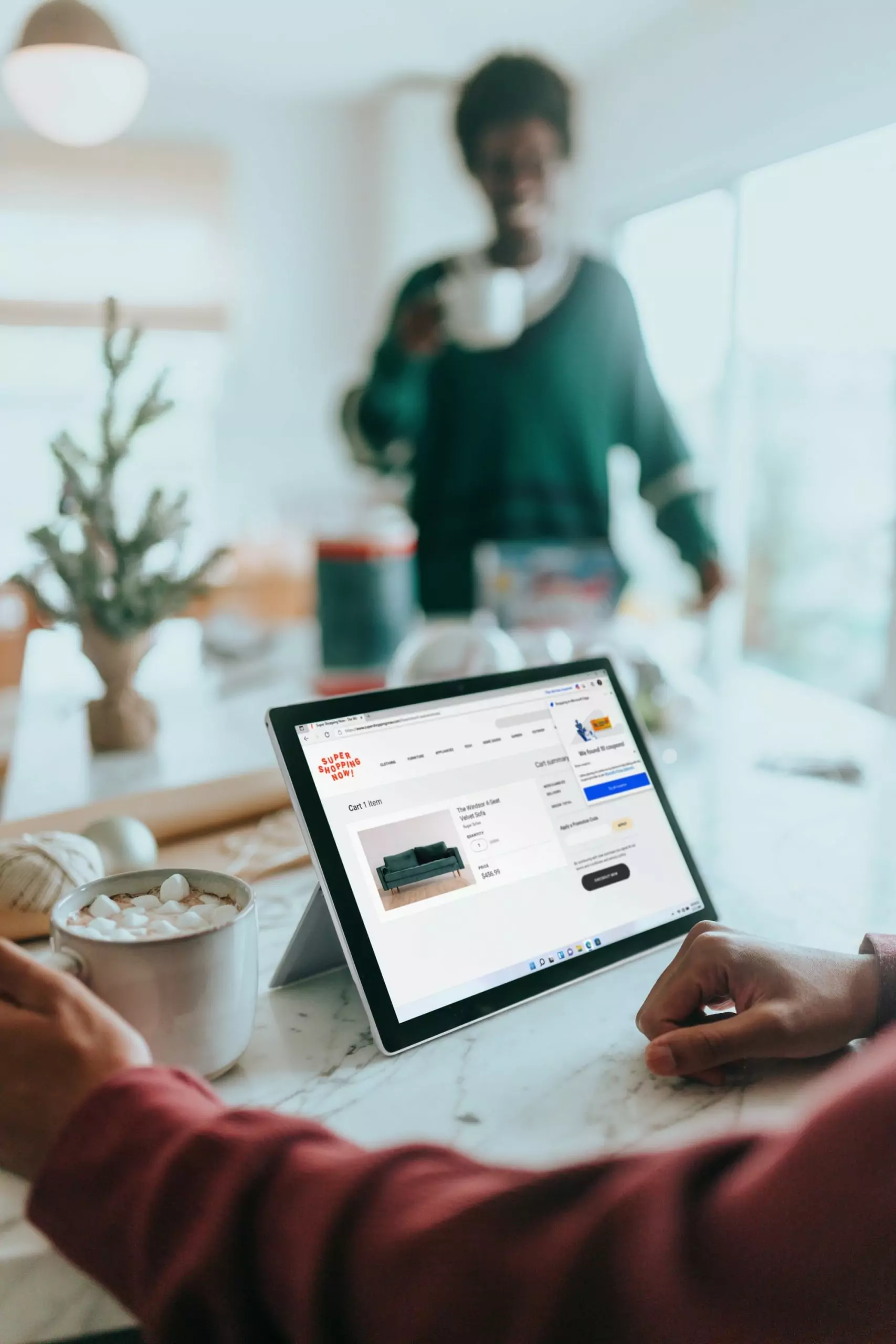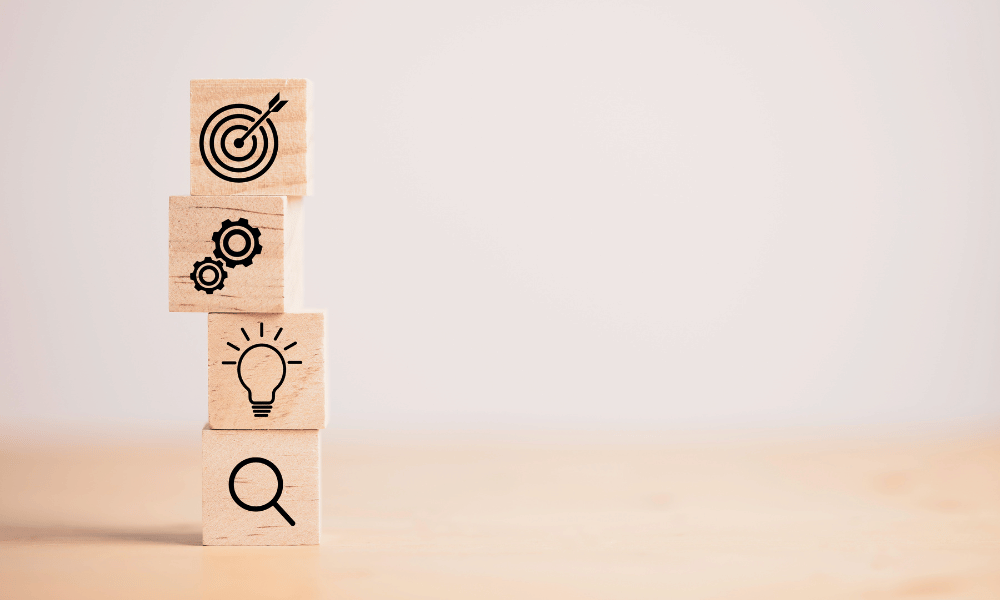Building an effective conversion funnel for your website means optimizing it in a number of ways to improve your conversions and profits. This includes a set of best practices that focus on the design of your website, not just on one aspect or another, as you want to offer your users a complete package. The conversion funnel is made up of a succession of small steps. Each of these steps will improve your chances of increasing sales on your site.
In this article we’ll look at what a conversion funnel is, the parts that make it up and the 7 best ways to optimize the conversion funnel to increase sales.
What is the conversion funnel?
Easier said than done. It’s not enough to offer good services and products to be on the right track and make good sales. It’s often a little more complicated, because customers can be unpredictable.
Developing and improving your conversion funnel is a good way of improving your sales. This is the path your customer or
user must follow before reaching the shopping cart and finalizing his purchase.
There are 4 stages in this process and, as you might expect, at each stage there are losses. Optimizing your conversion funnel means
minimizing losses at each stage.
These 4 steps are:
- Destination Page (Interest-Visit)
- Product Page (Review-Discovery)
- Purchasing Page (Purchasing decision-Summary)
- Purchasing (Customer loyalty-Payment)

To make the most of this funnel, each of these steps needs to be optimized in some way. In this article, we’ll look at best practices for conversion rate optimization.
What do these steps mean? For a start, every customer who visits your site, in one form or another, starts with the landing page. This is the most important stage of the funnel, and the one with the highest drop-off rate. This is where your customers become aware of your products and services, and where you need to hook them. You’ll need to provide interesting content, such as free blog posts, articles, guides, even video guides and demonstrations to pique their interest.
The next stage of the funnel, which is usually only reached by 40-50% of landing page visitors, is the product page. At this stage, users will be curious to discover your products, because you’ve hooked them with an interesting landing page. This is a crucial stage, and this is where you need to provide healthy, interesting product pages. Talk about your products and give them some value, but don’t forget to include the specific details that will interest certain customers.
Once customers have decided that your product page is attractive enough to buy, they enter the shopping cart phase of the funnel. This is a crucial step on the path to purchase, and poorly designed baskets are often the reason why people abandon their purchases. They may add products to the cart, but never complete the purchase. There are a few best practices that can reduce the number of abandoned shopping baskets.
The last stage is the purchase, when users decide to buy something it’s important to have a good payment system.
Let’s take a look at some of the best ways to improve your funnel in general.
Optimize your sales and your e-commerce funnel in 7 effective ways

1 – Attracting customers via social networks (arousing interest)
The first stage of the funnel is marketing, which involves guiding visitors to your landing page. Social network marketing, in other words: being active on different social media platforms, has several advantages. Some 90% of marketing professionals believe that social networks offer broad exposure for their business activities.
By being active on several platforms, you can :
- increase brand awareness
- drive more traffic to your site
- increase customer loyalty
- improve your search engine rankings
- boost your conversion rate
Facebook is a social network known to almost everyone, and has a large number of users. For this reason, it’s important to develop a high-performance tactic to attract Facebook users to your site. From 2018 to 2019, Facebook use by marketing professionals in the US rose from 86.3% to 86.8%, and could reach 87.1% in 2020.
Facebook ads are great, but they’re not enough. You need to design powerful ads to effectively promote your products and create a Landing Page that will make your visitors want to go deeper into the conversion funnel.
2 – Offer free, attractive content on your landing page (Interest phase)
The purpose of your Destination Page is to attract Internet users and make them want to buy your products, or at least to capture their interest. People choose pages and products that are of value to them, and at this stage, it’s just the right thing to do.
These could be short blog posts about your products and services, or a variety of promotional items.
3 – Use product proofs on your product page (Reflection phase)
When you present your products on your site, it’s important to display some kind of proof, a confirmation that your products are worth customers’ time, money and perhaps effort. The best way to do this is to display social proof (customer reviews, helpful messages or comments) on the product page. This will make your products seem more interesting.
According to a Minter report, 70% of Americans look for reviews on review sites before making a purchase. The good news is that BrightLocal found that 88% of consumers trust online reviews as much as personal recommendations.
4 – Optimizing your Product Pages (Examination/discovery phase)
The next step is crucial and indispensable (if you haven’t already done so): optimizing Product Pages.
This means giving customers all the information they need. Product descriptions don’t have to be boring, for example, describe how they would feel, but make sure they also include technical information.
Also include practical call-to-action buttons on your site, enabling customers to buy quickly and providing all the necessary information: shipping, costs and fees…
You can find great inspiration for your CTAs, but make sure they’re fun, unique and irresistible.
When it comes to optimizing a Product Page, one element that shouldn’t be overlooked is web analysis, and in particular qualitative analysis tools such as traffic maps and site path analysis. They’ll help you answer all the questions starting with “Why …? during the optimization process.
5 – Using software to track discharge intentions (Basket stage)
Too many shopping baskets are abandoned along the way. Fortunately, there are many things you can do to reduce the number.
One of the best things you can do is create a pop-up message when the customer is about to give up.
You can do this with exit intent trackers, which can be very effective in this respect.
You can combine these trackers for an even more effective result. For example, Pixojet uses a pop-up linked to an intent tracker and a time spent tracker.
6 – Optimize your check-out (Shopping cart stage)
One of the most important parts of your conversion funnel is your Checkout System.
7 out of 10 visitors give up buying at this point. That’s a huge number. But there are a number of key ideas for reducing it:
- One study showed that around 30% of buyers gave up at this stage when asked to sign. Instead, offer order validation or automatically create a user account.
- Consider product prices that include shipping costs. For example, NuFace, an online beauty distributor, increased orders by 90% by adding a simple “free shipping on orders over $75” banner.
Adapt your site to all types of media. In practice, this concerns buttons to tap (ergonomics), loading speed (reduce the number of images), ease of navigation (align / organize forms vertically).
7 – Offer and promote a loyalty program (Loyalty Stage)
The last stage is the one that never ends: building customer loyalty. This is an ongoing process aimed at creating long-term relationships. Here, you can offer a program with discounts and special offers to those who buy from you more than once. You need to promote this program so that customers are aware of what they gain by remaining loyal to you.
In one report, 84% of consumers say they prefer a brand that offers them a loyalty program, and 66% add that being able to earn rewards changes their purchasing behavior.
Conclusion
Improving your conversion funnel is the top priority in your business. If you do so, and if you embrace this process of constant improvement, the results should not be long in coming.



